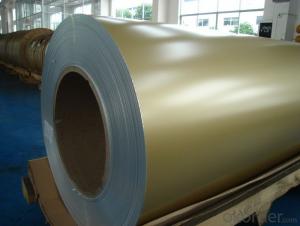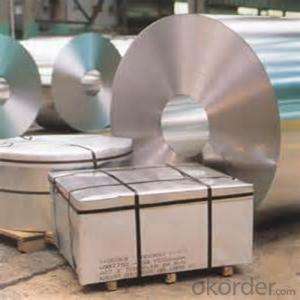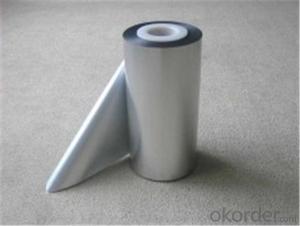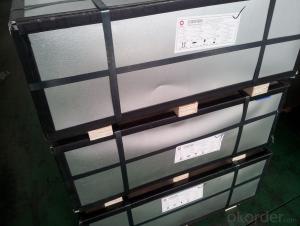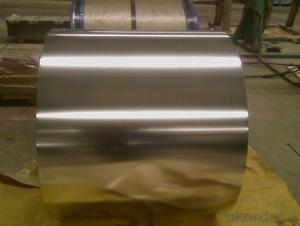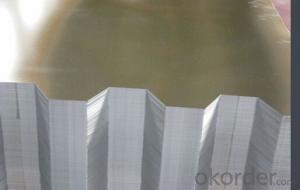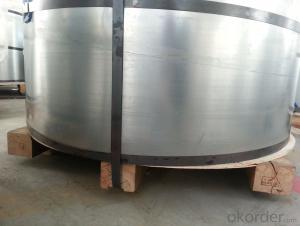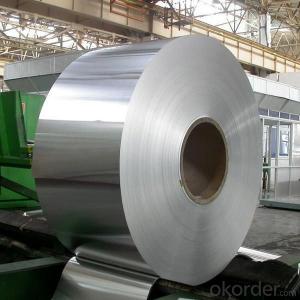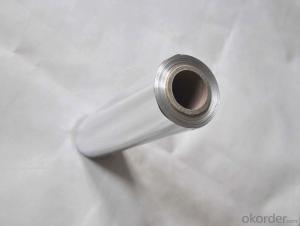Tinplate Lids
Tinplate Lids Related Searches
Printing Tinplate Sheet Tinplate Iron Packaging Tape Tinplate Material Tinplate Cover Standard Gauge Tinplate Tinplate Tea Set Mth Tinplate Set Circle Packaging Machinery Inc Tinplate Model TrainsHot Searches
Aluminium Scaffold Planks Sale Aluminium Walkway Mesh Prices Tinplate China Tinplate Stock Price Tata Tinplate Price List Tinplate Price Trend Tinplate Nse Share Price Tinplate Price Chart Tinplate Share Price Nse Tata Tinplate Share Price Tinplate Share Price Today Tinplate Share Price Bse Tinplate Price Tinplate Share Price Tinplate Coil Manufacturers Tinplate Sheet Suppliers Food Mixer Sale Tinplate Factory Tinplate Production Tinplate Products LtdTinplate Lids Supplier & Manufacturer from China
Okorder.com is a professional Tinplate Lids supplier & manufacturer, offers integrated one-stop services including real-time quoting and online cargo tracking. We are funded by CNBM Group, a Fortune 500 enterprise and the largest Tinplate Lids firm in China.Hot Products
FAQ
- The common thicknesses of tinplate range from 0.13mm to 0.49mm, with the most commonly used thicknesses being 0.18mm, 0.20mm, and 0.23mm.
- Yes, tinplate can be used for roofing and construction. Tinplate is a thin, durable steel sheet coated with a layer of tin, which provides corrosion resistance and enhances its strength. This makes it suitable for various applications in the construction industry, including roofing, siding, and cladding. Tinplate's ability to withstand harsh weather conditions, its aesthetic appeal, and its cost-effectiveness make it a popular choice for roofing and construction projects.
- Yes, tinplate can be painted or coated with other materials. Tinplate has a smooth surface that allows for effective adhesion of paint or coatings. This enables various finishes, protective coatings, or decorative designs to be applied to tinplate surfaces.
- The main challenges in the tinplate industry include fluctuating prices of raw materials, increasing competition from alternative packaging materials, stringent environmental regulations, and the need for continuous technological advancements to improve production processes and meet changing customer demands. Additionally, the industry also faces challenges related to supply chain management, ensuring product quality and safety, and navigating global trade dynamics.
- Yes, tinplate packaging can be used for stationery products. Tinplate packaging is durable, lightweight, and offers protection against moisture, making it an ideal choice for storing and packaging various stationery items such as pens, pencils, erasers, and other small office supplies. Additionally, tinplate packaging can be customized with attractive designs and branding, making it visually appealing for consumers.
- The main regulations governing tinplate production vary depending on the country and region. However, some common regulations include standards for the composition of the tinplate, such as the maximum allowable levels of impurities and the required thickness of the tin coating. Other regulations may focus on safety measures, including guidelines for handling hazardous materials used in the production process. Additionally, environmental regulations often require tinplate manufacturers to comply with waste management and emissions control standards to minimize the impact on the environment.
- Yes, tinplate can be used for promotional items. Its versatility, durability, and ability to be customized make it a suitable material for creating various promotional products such as tin cans, tin boxes, tin signs, and tin trays. Tinplate can be printed, embossed, or lithographed with logos, graphics, or promotional messages, making it an attractive choice for promotional merchandise.
